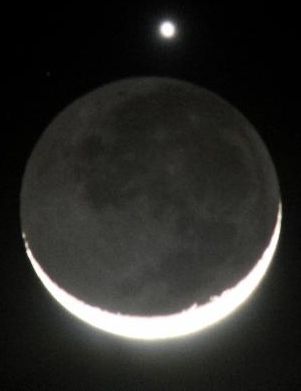The inner edge of the habitable zone is the dividing line between peaches and cream and all out hell. Venus has likely seen both. The study of exo-solar systems like Wolf 1061 is key to understanding our own Venus.
New observations of the nearby star Wolf 1061, some 14 light years distant in Ophiuchus — already known to harbor three super-earths — should help planetary scientists better understand what went wrong with our own Venus.
Turns out hellishly-hot Venus-like worlds are quite common and early in the history of any given planetary system, such close-in terrestrial mass planets might even sport liquid water. But as their host stars evolve, the perilous inner edge of these extrasolar planetary systems’ habitable zones move decidedly outward.
As a star’s luminosity grows over time, such tenuous habitable zones can cause what might have been a promising climate to turn into a runaway greenhouse of the sort we see on Venus. With no liquid water at its surface, Venus is the very definition of inhospitable. That’s in contrast to a habitable clime where given the right atmospheric pressure and temperatures terrestrial mass planets can host temperate liquid water on their surfaces.
